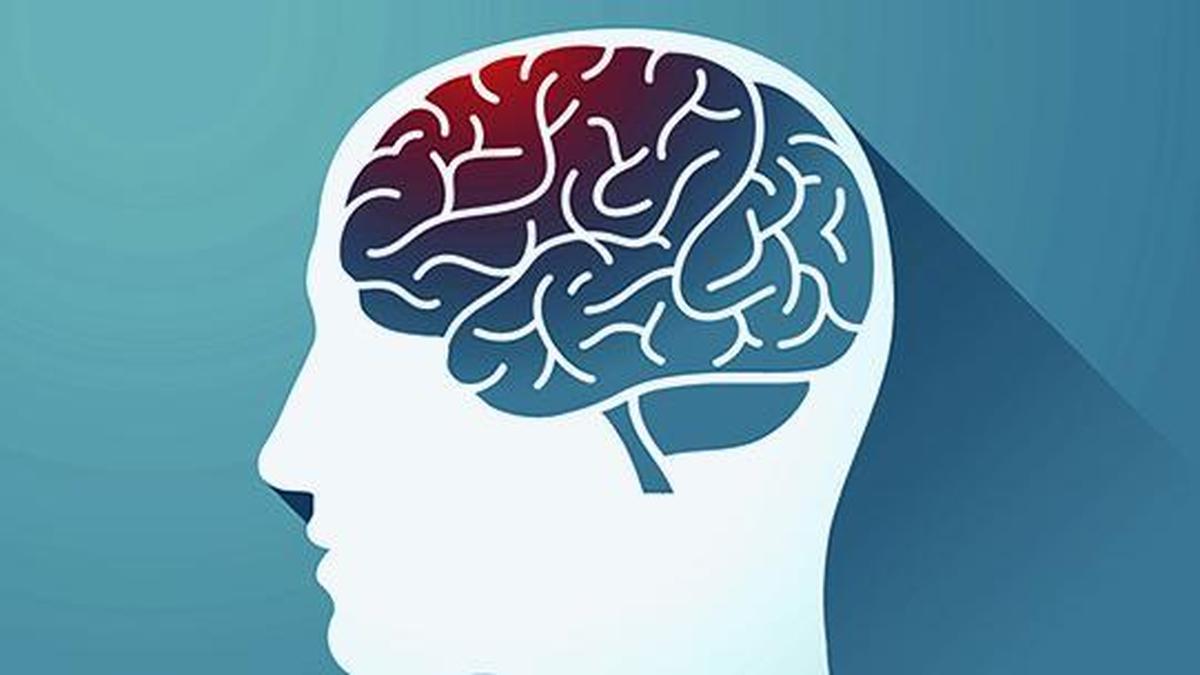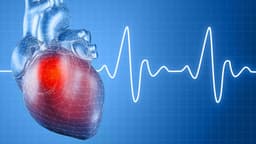Home / Health / Brain Angiography: The Unseen Savior for Stroke and Aneurysm Prevention
Brain Angiography: The Unseen Savior for Stroke and Aneurysm Prevention
11 Nov
Summary
- Brain angiography is a safe, effective diagnostic procedure to detect issues in the brain's blood vessels
- It can identify aneurysms and other vascular conditions before they cause damage
- Brain angiography is underutilized, with many people unaware of its benefits

As of 2025-11-11T12:44:58+00:00, brain angiography, a diagnostic procedure that provides a detailed map of the brain's blood flow, is emerging as a crucial tool for detecting and preventing serious neurological issues. Contrary to the common perception that it is a new or experimental test, brain angiography has been a time-tested and safe procedure for years.
One of the primary uses of brain angiography is in detecting aneurysms, which are tiny balloon-like bulges in the walls of blood vessels. While most aneurysms are harmless, some can rupture, leading to a sudden and serious medical emergency. Brain angiography can also reveal other vascular conditions, such as arteriovenous malformations (AVMs) or narrowings in arteries that may increase stroke risk.
Despite the benefits of brain angiography, the article highlights that there is a great need to bridge the awareness gap around this procedure. Many people remain unaware of its existence and the crucial role it can play in proactive brain health management. Experts emphasize that brain angiography is not just for emergencies but can also be part of a preventative approach, allowing for early detection and simple, safe interventions before problems arise.
The article encourages individuals with certain symptoms, such as frequent headaches, vision disturbances, or a family history of aneurysms or stroke, to discuss the possibility of a brain angiography with their neurologist or neurosurgeon. By raising awareness and promoting the use of this diagnostic tool, the article aims to empower people to take a more proactive approach to safeguarding their brain health.




